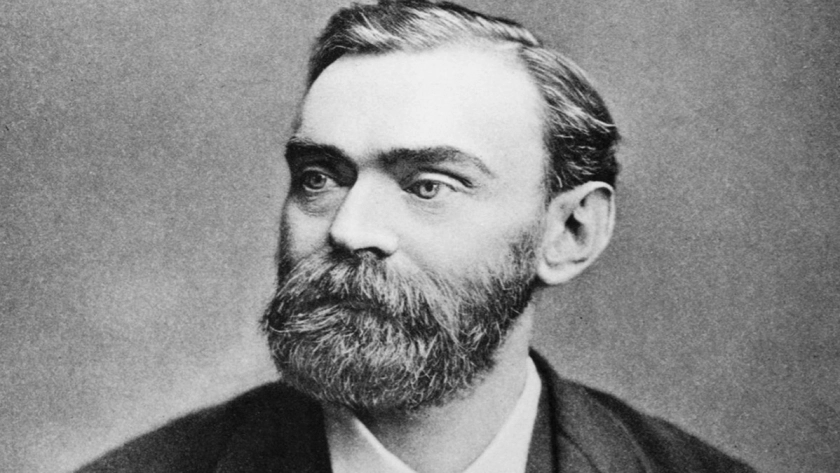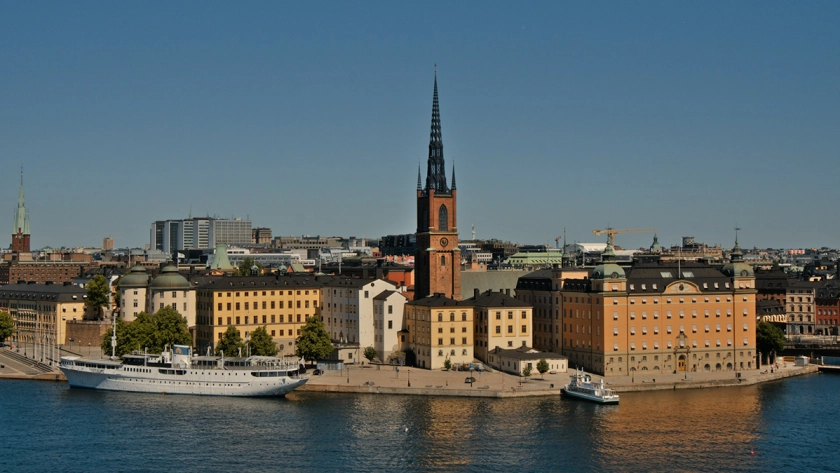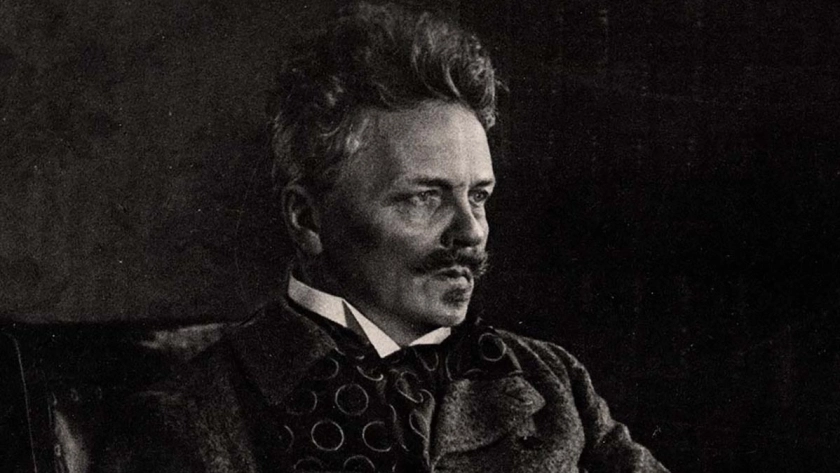
A man of many talents and great historical significance, Alfred Nobel left a globally recognized legacy through the prizes bearing his name. These prizes, awarded for the first time in 1901, continue to honor individuals, research or discoveries that have contributed to the progress of humanity in fields as diverse as science, peace, and literature. The history of the Nobel Prizes is closely linked to that of their creator, whose life and motivations shaped the contemporary world.
A Swedish inventor and industrialist
Born in 1833 in Stockholm, Alfred Bernhard Nobel was the third son of Immanuel Nobel, an engineer and inventor. His family did not come from an aristocratic background and despite some comfort, his father faced financial difficulties several times. This influenced Alfred’s desire to achieve financial stability. After moving to Saint Petersburg, Alfred Nobel distinguished himself through his linguistic talents (he would speak five languages fluently) and his intellectual abilities under the guidance of the best scientists of his time. He then continued his studies in chemistry and engineering in Paris, where he first experimented with nitroglycerin.
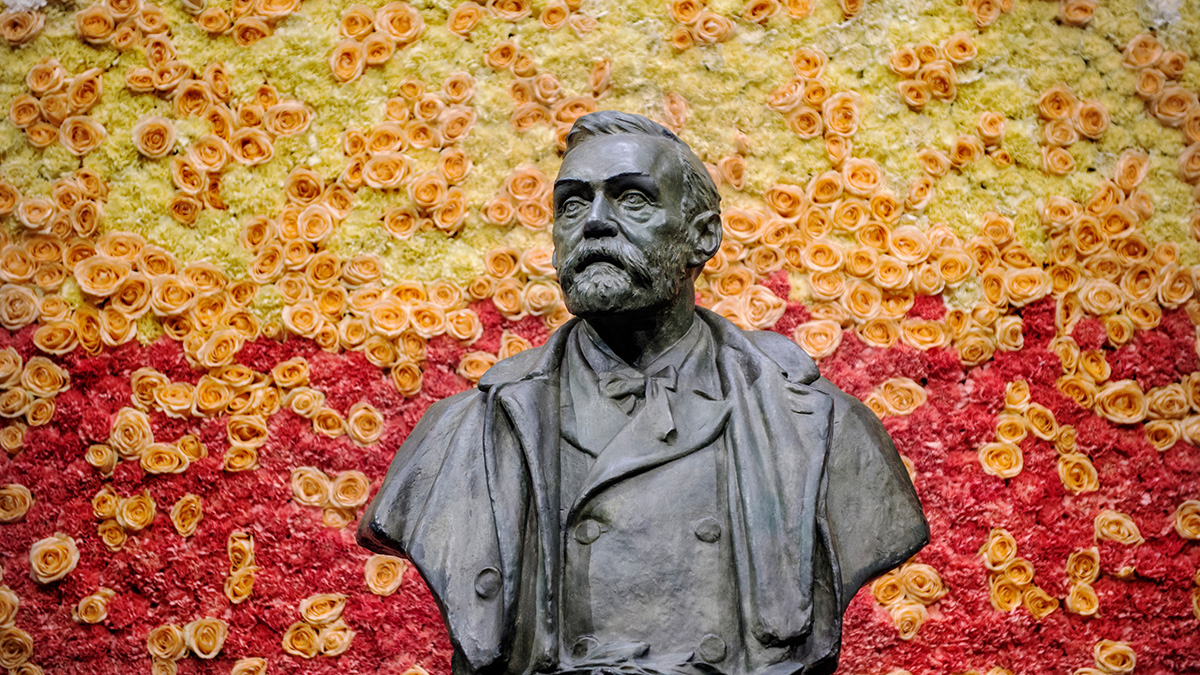
Credits: © Nobel Media AB 2015. Photo: Pi Frisk
The true turning point in Alfred's career came in 1867 when he invented dynamite. A stable form of nitroglycerin, dynamite was revolutionary, allowing for construction and mining work to be carried out more efficiently and with less danger than previous methods. Success came quickly, and dynamite became a key product of the Nobel business. However, despite its undeniable benefits, dynamite was seen as a dangerous invention as it could also be used for military purposes.
The Moral Dilemma
Despite his numerous inventions (355 patents by the time of his death) and financial success, Nobel often found himself deeply reflecting on the consequences of his discoveries. This internal dilemma took a dramatic turn in 1888 when, following the death of his brother Ludvig, a French newspaper published an article titled: "The Merchant of Death is Dead," referring to Alfred. This deeply saddened him and he feared his name would be solely associated with destruction and war.
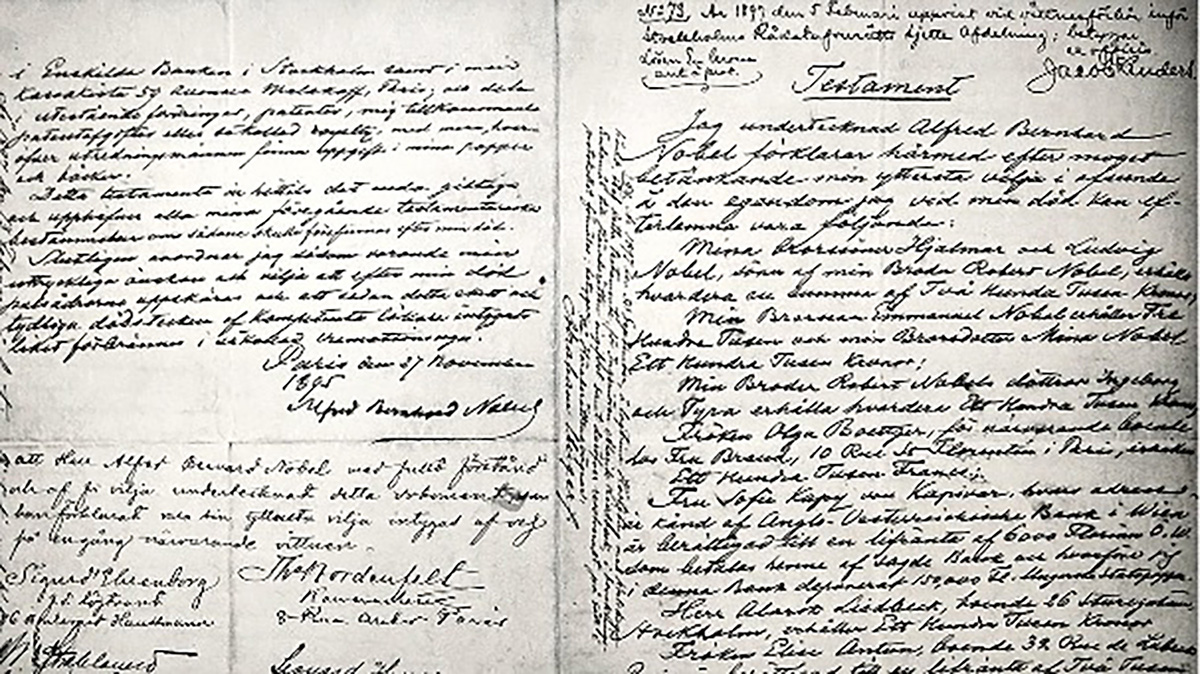
This realization of the moral weight of his legacy contributed to Nobel’s idea of leaving another kind of mark on the world, one not only associated with industrial and military inventions, but also with peace and progress for humanity. Nobel began to consider the idea of bequeathing his fortune for beneficial purposes.
The Will and the Birth of the Nobel Prizes
On November 27, 1895, Alfred Nobel wrote a will that would change the world.
In it, he stated that most of his fortune (around 31 million Swedish crowns at the time, a considerable sum) should be invested in safe bonds to create capital generating income. The interest from this capital would then be distributed in the form of prizes to reward those who, through their discoveries and actions, had contributed the most to the good of humanity in five categories: physics, chemistry, medicine (or physiology), literature, and peace.
The Nobel Peace Prize is particularly notable because it is the only one awarded in Oslo, Norway, and not in Stockholm. This detail reminds Norway's behaviour, a country at the time harshly disputed, dominated and though non violent. An element Nobel likely deemed essential for a peace prize. Although Nobel did not explain in detail why he included peace among the categories, it can be assumed that he wished to redeem his image after being associated with dynamite and weapons.
Who Does What? The Process
The will clearly specifies the institutions responsible for each category: the Royal Swedish Academy of Sciences handles physics and chemistry, the Karolinska Institute handles medicine/physiology, the Swedish Academy handles literature, and the Norwegian parliament appoints a committee each year to select the Nobel Peace Prize laureates. The process takes almost an entire year: as soon as the laureates are announced in October, these institutions begin their research for the following year. A call for ideas is issued, and only renowned institutions and universities in their field can respond, as well as past laureates.
A long list of candidates, sometimes numbering up to 400 names, must then be narrowed down: removing those who self-nominated, those who have unfortunately passed away, those whose discoveries have not yet been tested/proven, or those who have a lesser impact on the benefit of humanity. The institutions will spend their summer delving deeper into their research on the remaining candidates, and by the fall, they must debate, demonstrate, and convince the members of the group, ultimately reaching a unanimous decision.
The final vote takes place just minutes before the official announcement to the press in October. Who was nominated and considered for a Nobel Prize is kept secret for 50 years.
Although awarded during the same ceremony and with the same reward, the field of economic science is not technically a Nobel Prize. Absent from the will, this prize was established in 1968 by Riksbanken, the central bank of Sweden, which manages the Nobel fortune. Its full name is "The Sveriges Riksbank Prize in Economic Sciences in Memory of Alfred Nobel," although it is often more conveniently referred to as the Nobel Prize in Economics.
The D-day December 10
On December 10, the anniversary of Alfred’s death, Stockholm comes alive: Konserthuset, the concert hall, decorated with flowers sent each year by the city of San Remo Sanremo (where Alfred passed away in 1896), hosts the official award ceremony, attended by the royal family. Then, all the distinguished guests will head to the Stockholm City Hall, Stadshuset, for the grand banquet: about 1,300 guests in a magnificent setting, not to mention millions of viewers watching from their sofas, as the festivities are broadcast live.
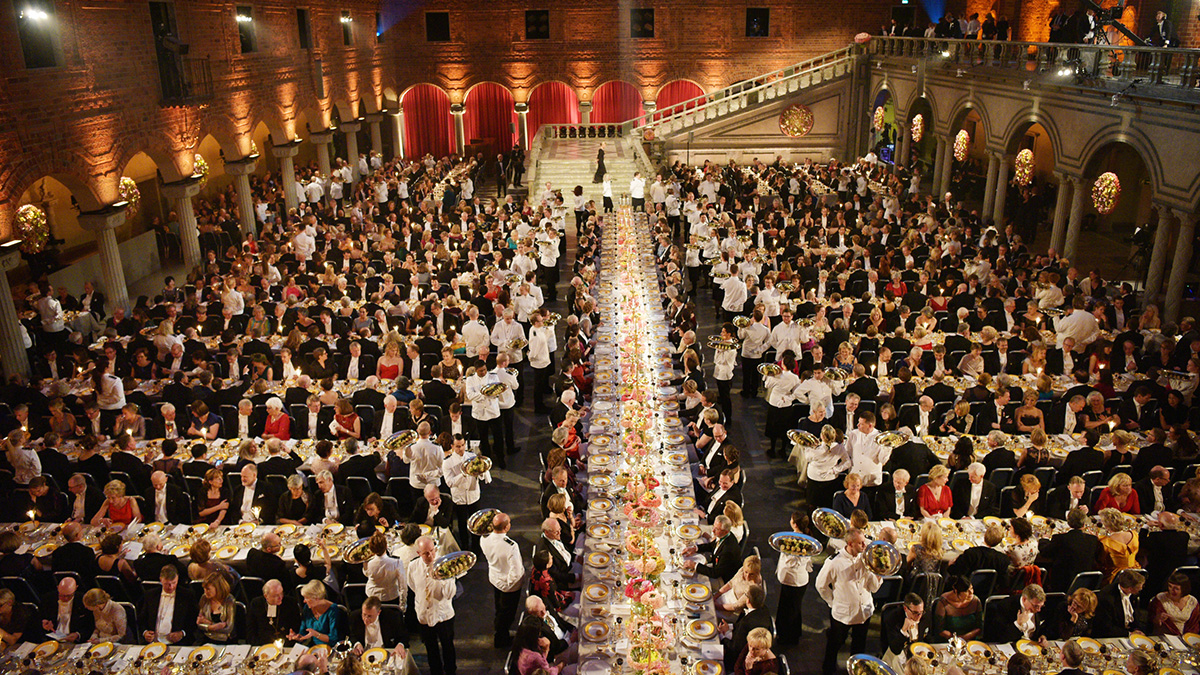
Credits: © Nobel Media AB 2015. Photo: Alexander Mahmoud
Meanwhile, at the Oslo City Hall, the Nobel Peace Prize ceremony takes place in the presence of the Norwegian royal family.
The Impact of the Nobel Prizes
Since their creation in 1901, the Nobel Prizes have had a considerable impact. Each year, the Nobel Prizes attract worldwide attention, highlighting innovative scientific work and actions that promote international understanding and peace. The laureates are leading figures in their fields, ranging from Marie Curie (Nobel Prize in Physics in 1903 and Chemistry in 1911) to Albert Einstein (Nobel Prize in Physics in 1921), and writers like Ernest Hemingway (Nobel Prize in Literature in 1954).
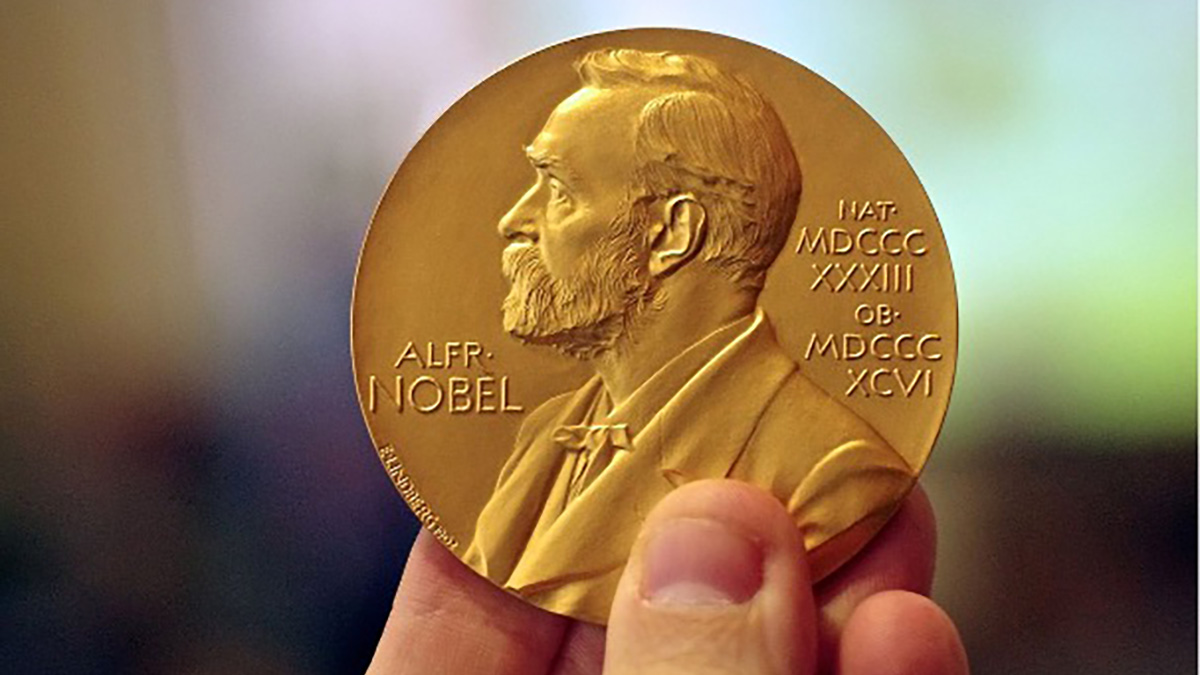
Le prix Nobel de la paix, en particulier, est devenu un symbole des efforts humanitaires et des combats pour les droits de l'homme. Il a été attribué à des figures emblématiques telles que Martin Luther King Jr., Malala Yousafzai, et dernièrement à des initiatives comme le Programme alimentaire mondial ou l'Organisation mondiale de la santé. Aujourd'hui, les prix Nobel sont une référence mondiale en matière de reconnaissance des contributions exceptionnelles à l’humanité, et ils continuent de souligner la vision d'un homme qui a cherché à transformer son héritage pour le bien de l’humanité.
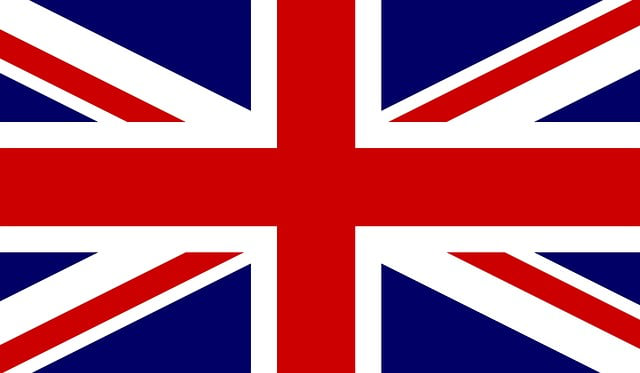 en
en FR
FR IT
IT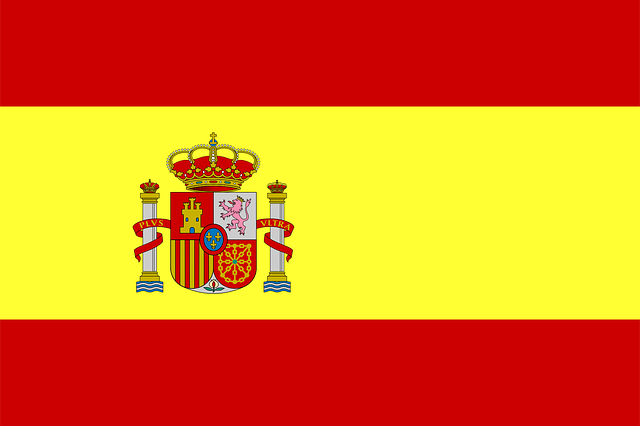 ES
ES
